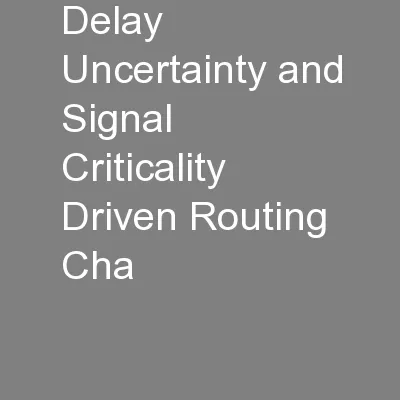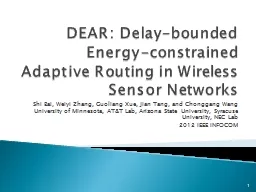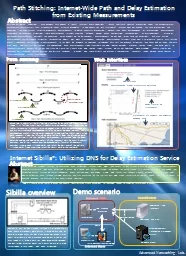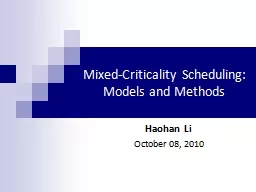PPT-Delay Uncertainty and Signal Criticality Driven Routing Cha
Author : pamella-moone | Published Date : 2016-09-22
Samyoung Bang Kwangsoo Han Andrew B Kahng and Mulong Luo Presented By Siddhartha Nath Outline Introduction and Related Works CrosstalkAware Layout Optimization
Presentation Embed Code
Download Presentation
Download Presentation The PPT/PDF document "Delay Uncertainty and Signal Criticality..." is the property of its rightful owner. Permission is granted to download and print the materials on this website for personal, non-commercial use only, and to display it on your personal computer provided you do not modify the materials and that you retain all copyright notices contained in the materials. By downloading content from our website, you accept the terms of this agreement.
Delay Uncertainty and Signal Criticality Driven Routing Cha: Transcript
Download Rules Of Document
"Delay Uncertainty and Signal Criticality Driven Routing Cha"The content belongs to its owner. You may download and print it for personal use, without modification, and keep all copyright notices. By downloading, you agree to these terms.
Related Documents














